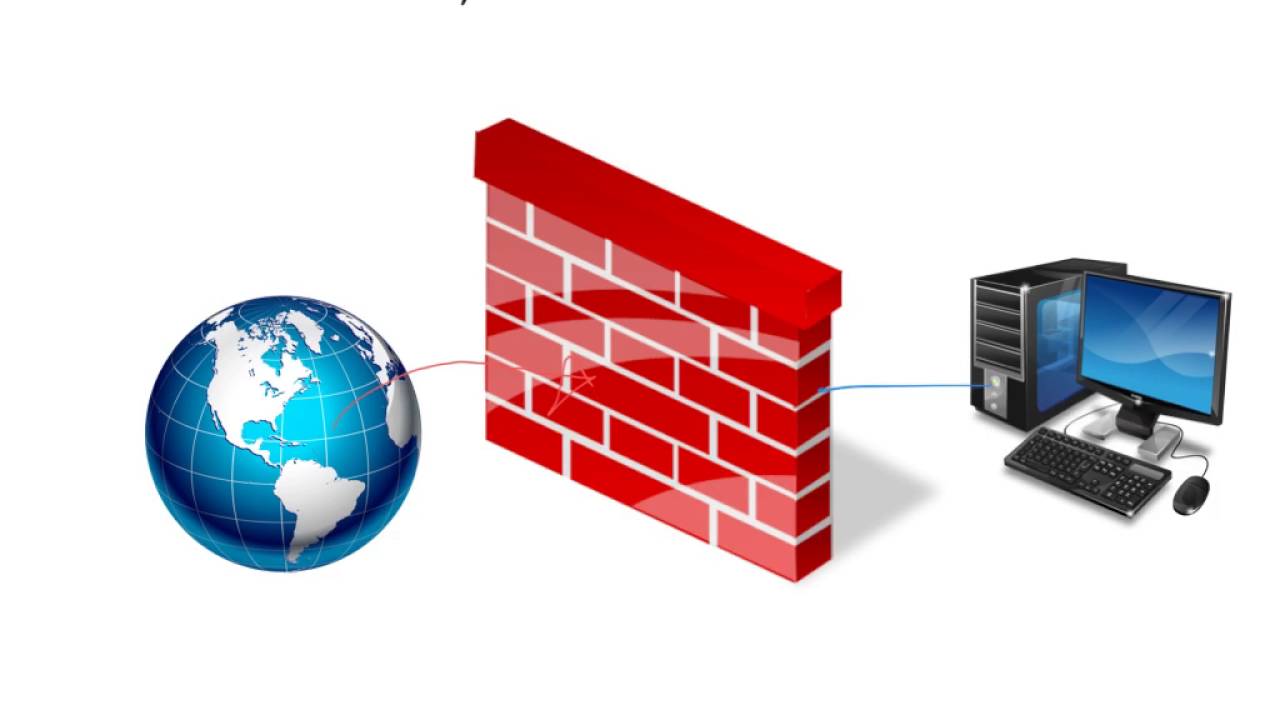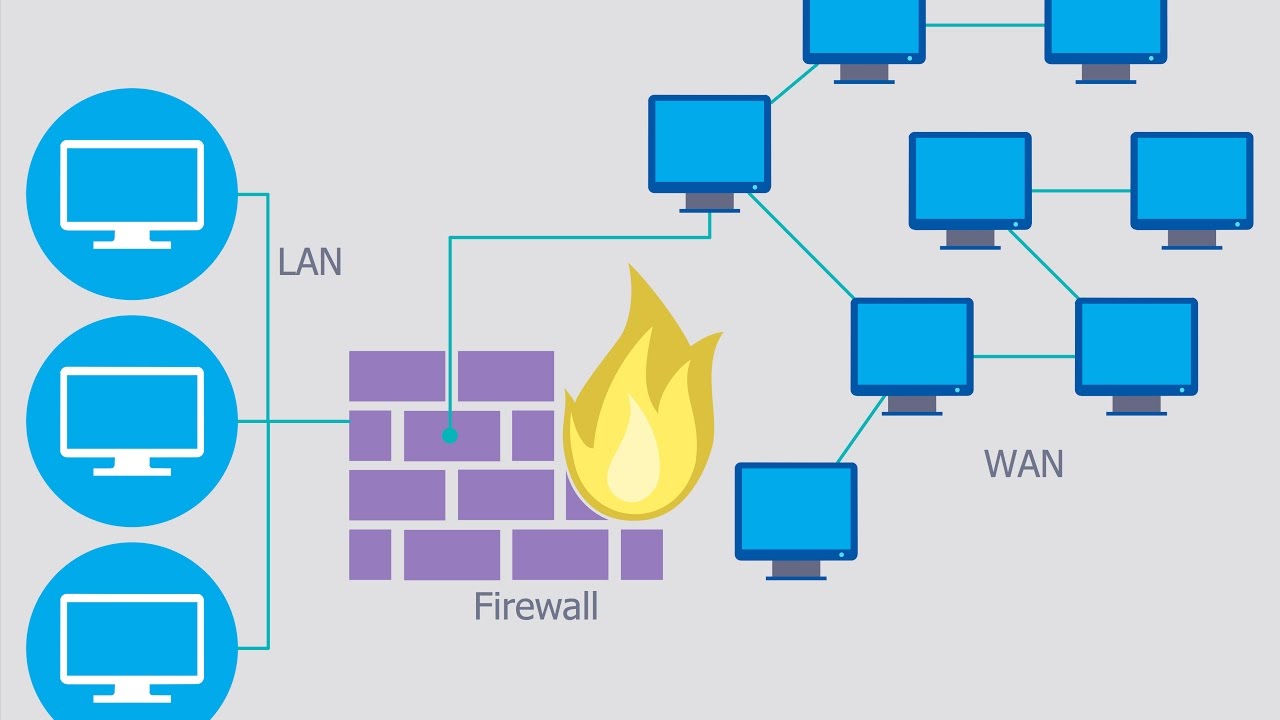Your ‘Firewall’, that is, your digital firewall, is the thing that always ensures your security while browsing the internet and downloading files to the fullest. Let’s take a closer look at the firewall, which aims to filter and block possible threats at all times, even between public and local networks, what it does and what its types are.
The new episode of the series I’m watching is out, the system that warns you when you want to go and watch it on a site with lots of betting ads; that friend who warns you when you download software that costs thousands of dollars for free; that soul mate who says your computer is under threat Firewall is your digital firewall. Most of the time, it is not given much importance by users, but firewall can really be a life saver.
In its most basic definition firewall; It filters and blocks potential threats by controlling incoming and outgoing data on the network. This system is being developed day by day. Because malicious requests from some reliable sources often manage to pass the filter. That’s why everyone needs a good digital firewall. Bride What is a firewall, what is it for, what are the types Let’s take a closer look at the frequently asked questions.
What is a firewall?
The firewall, which we can also define as a digital firewall; software and hardware-based within the framework of certain rules controlling data packets to and from the network It is a network security system. Depending on the filter it uses while controlling the network, it always passes the internet traffic through controls such as IP filtering, port filtering, web filtering, content filtering.
Most operating systems today use their own software-based firewall system. At the same time, routers that transfer data between networks They have their own firewall systems. Although the widespread use of the Internet and computers is a fairly new situation, firewall security systems are a technology that emerged in the 1980s.
What does a firewall do?

Firewall network security systems, which work as hardware or software bases, examine incoming and outgoing data packets to the network with a predetermined filter. from unsafe sources The main purpose is to prevent possible attacks by passing data packets through this filter.
Firewall network security systems, data sharing over the network with external devices are located at the ports. “Source address 172.18.1.1 is allowed to reach destination 172.18.2.1 over port 22.” The definition most accurately describes the work these digital firewalls do.
How does Firewall work?

Let’s go through an example to understand how firewall network security systems work; Let’s think of IP addresses as houses and port numbers as rooms. Only secure people, that is, secure source addresses, can enter the house. People entering the house can only reach certain rooms, namely connection points, by passing through another filter. In other words, the firewall filter provides control and supervision at multiple points.
The old-style packet filtering firewall security network systems were a bit weak in this regard. They checked the data packets through a basic filter and sometimes accepted the request directly from the trusted source. In the time When it turns out that not every request from a trusted source is bona fide Firewall network security systems were also developed and different types emerged.
Firewall types:
- Next-generation firewalls
- proxy firewalls
- Network address translation firewalls
- Stateful multilayer inspection firewalls
Next-generation firewalls:
Next-generation firewalls, NGFW for short, in Turkish, new generation firewalls; traditional filters such as encrypted traffic control, intrusion prevention systems, antivirus support with additional features. The most important feature of these systems is deep packet inspection. Thanks to deep packet inspection, even requests from secure sources are treated with suspicion and in-depth inspection is made.
Proxy firewalls:
Proxy firewalls control application-level security. So unlike other They act as a bridge between the two systems. In this system, the client sends a request to the firewall, the request is filtered and the request is approved or blocked depending on the situation. It monitors traffic for layer protocols such as proxy, HTTP and FTP, filters and uses deep packet inspection.

Network address translation firewalls:
Network address translation firewalls, NAT for short, network address translation firewalls in Turkish; devices with different network addresses by allowing it to connect to the network over a single IP address keeps other IP addresses private. In this way, hackers who want to attack through their IP address will return empty-handed. NAT is likened to a Proxy system because it is a system located between a group of computers and an external network.
Stateful multilayer inspection firewalls:
Stateful multilayer inspection firewalls, shortly SMLI, in Turkish, stateful multilayer inspection firewalls; in both network transport and application layers. They examine and compare data packets. As a result of comparison, only secure packets can pass the system. It’s primary purpose is to make sure the source is secure, as it does layer-by-layer filtering.
Ensuring our security in every step we take in the internet world What is a firewall, what is it for, how does it work, what are its types We answered the frequently asked questions and talked about the important details you need to know about network security systems.
